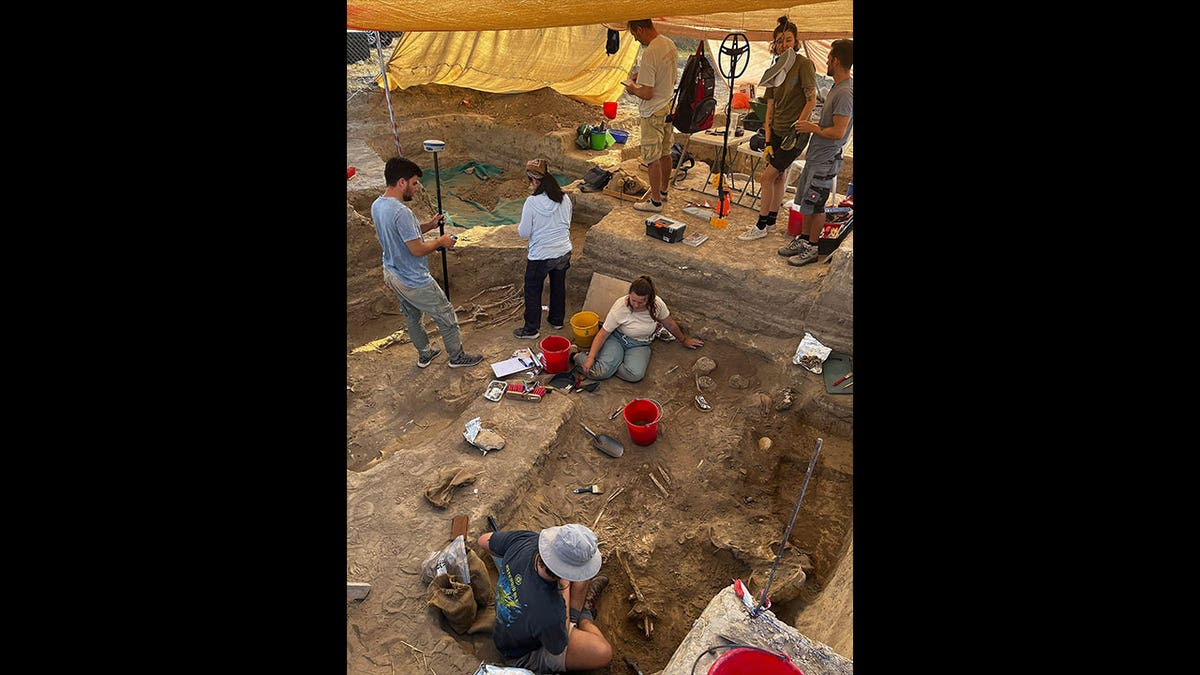Recent archaeological findings at Hala Sultan Tekke, an ancient port city in Cyprus, reveal its prominence as a major Mediterranean trading center during the late Bronze Age (1630-1150 BC). Excavations led by Professor Peter M. Fischer of the University of Gothenburg have uncovered gold ornaments, fine pottery, and other artifacts pointing to the city's significant role in the copper trade.
Hala Sultan Tekke thrived due to its access to abundant copper resources from the Troodos Mountains. This copper was highly sought after, and its trade fueled the city's growth. Cypriot pottery, alongside Mycenaean pottery, was widely traded, reaching distant lands like Spain, Iraq, Turkey, and Sudan. This widespread distribution highlights the city's extensive trade network and the popularity of its goods.
The unearthed artifacts, including gold likely from Egypt with Minoan designs, suggest a reciprocal exchange of copper for gold and strong ties with Minoan-Mycenaean cultures. Professor Fischer believes that only a small fraction of the site has been explored, hinting at further discoveries beneath the surface. Georadar and magnetometer surveys indicate the presence of substantial building complexes just a few feet below ground.

The discoveries at Hala Sultan Tekke are supported by University of Cyprus archaeology professor Maria Iakovou, who affirms the site's importance based on the richness of the excavated materials. Other notable finds include intricate jewelry, weapons, a bronze mirror, ivory, tin-glazed pottery from Egypt, and Nuragic pottery from Sardinia, further demonstrating the city's far-reaching trade connections.
Family tombs containing everyday objects and luxury items, meant to accompany the deceased in the afterlife and display their wealth, have also been uncovered. Preliminary DNA analysis of the remains confirms the diverse origins of the city's inhabitants. The presence of semiprecious stones like Baltic amber, Mesopotamian lapis lazuli, and carnelian from the northern Levant further underscores the city's global reach.
These findings solidify the late Bronze Age as the first truly international era in the Mediterranean. The reasons for the city's abandonment around 1150 BC remain unclear, but potential factors include the rise of seafaring peoples, climate change, and disease. The nearby port city of Kition, established around 1300 BC, subsequently rose to prominence.








